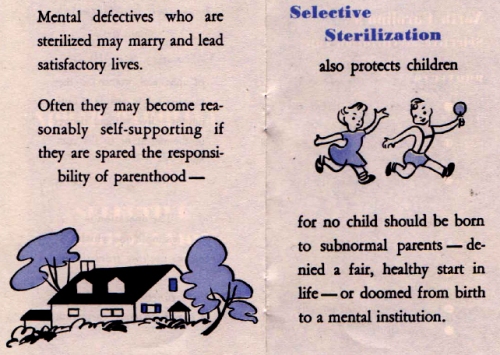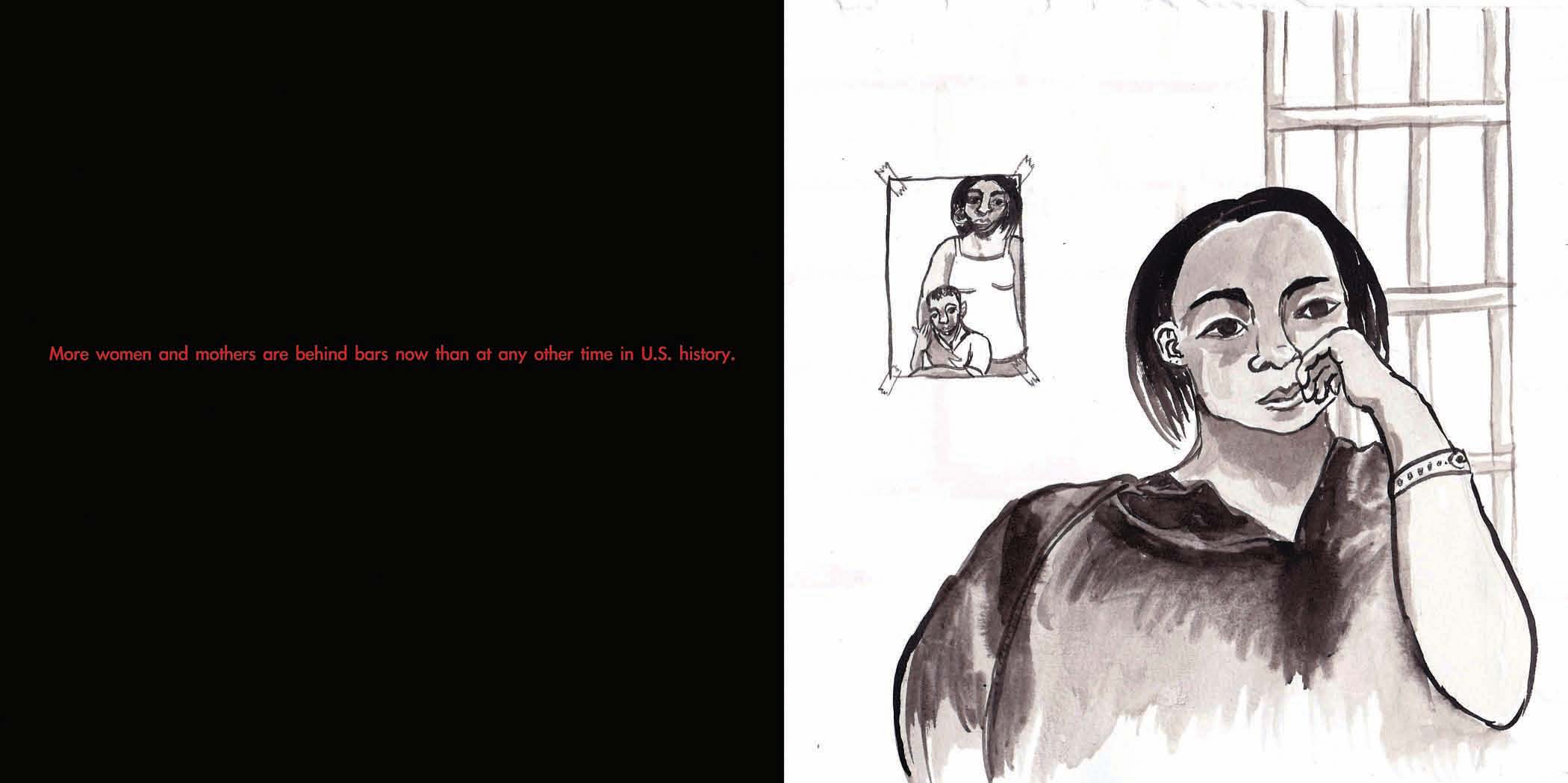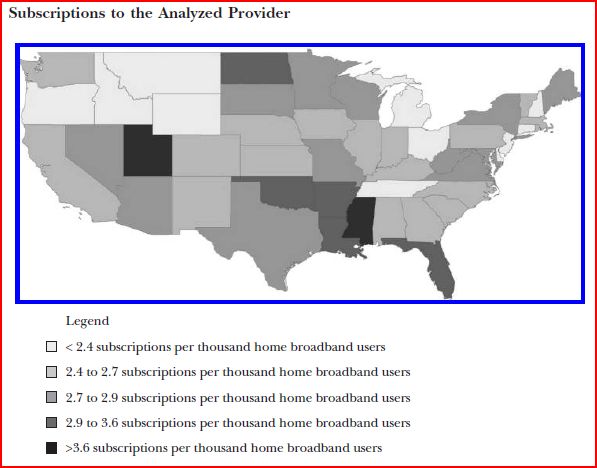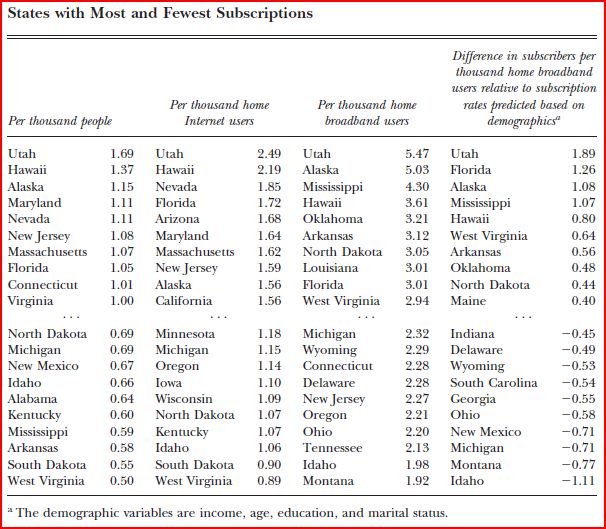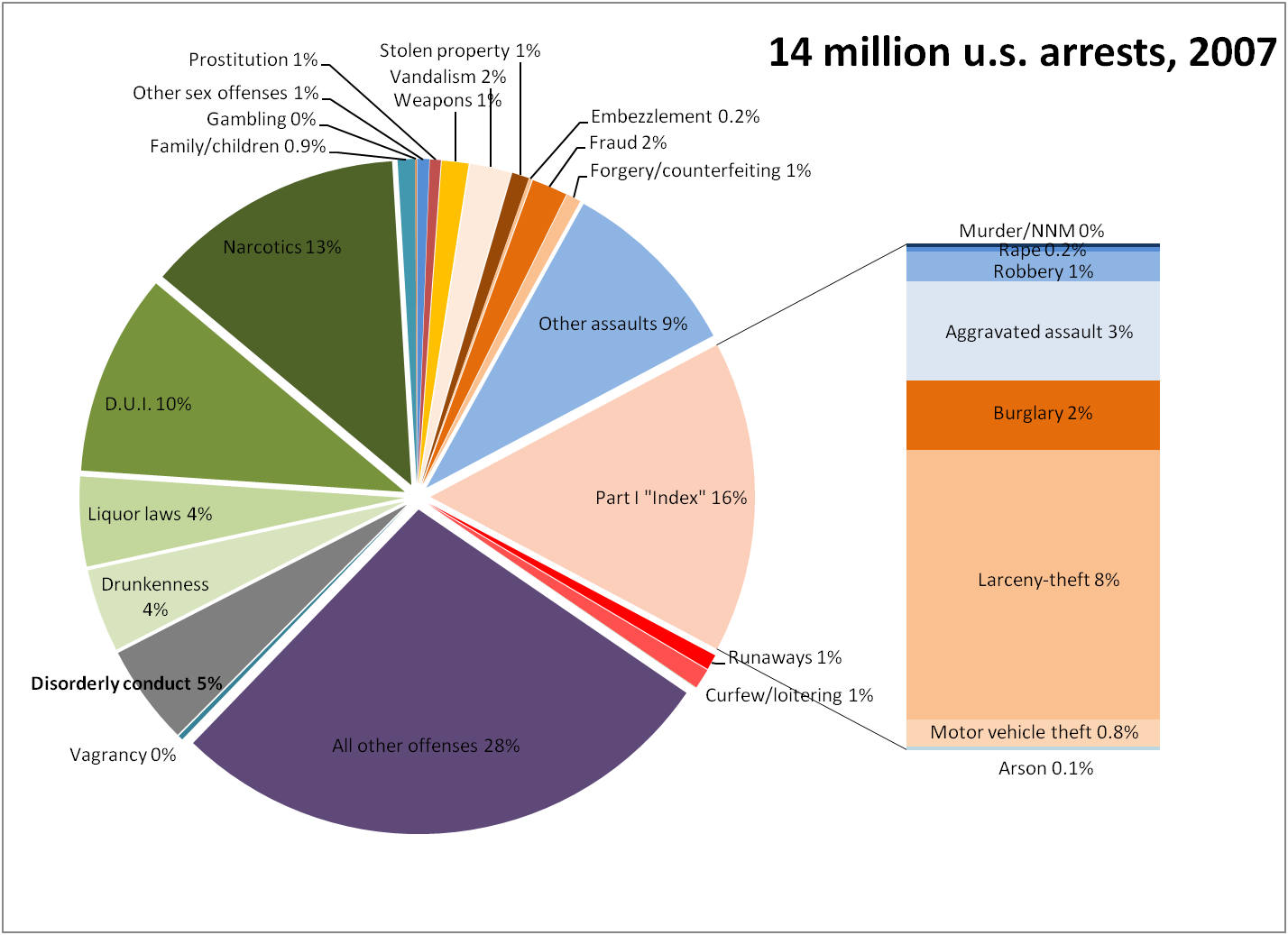Cross-posted at Family Inequality.
It’s been a big week for stories of families denied and disrupted by the state. Family denial came up in the form of bodily intervention (as in North Carolina’s eugenics program), border control (as when Jose Antonio Vargas‘s mother put him on a one-way plane for the U.S.), parents’ incarceration, or legal denial of family rights (the refusal to recognize gay marriage, or what I suggest we call homogamous marriage).
(1) North Carolina’s eugenics program was the subject of hearings this week, dragging on with no compensation for the 7,600 people who were involuntarily sterilized between 1929 and 1977. A collection of literature at the State Library of North Carolina includes this 1950 propaganda pamphlet:
(2) Jose Antonio Vargas, a Pulitzer Prize-winning journalist, recounted his life as an undocumented immigrant. His mother put him on a plane for the U.S. with false papers, maybe never to see him again.
(3) While a judge declared the federal law against recognizing gay marriage unconstitutional, the New York legislature maybe moved toward legal recognition, and President Obama’s support of gay marriage apparently stalled.
(4) The 40th anniversary of the drug war was a bleak reminder of the millions of U.S. families separated by incarceration during that time.
The text says, “more women and mothers are behind bars than at any time in U.S. history,” from (www.usprisonculture.com).
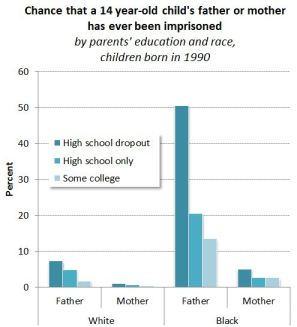 (My graph from data in an article by Wildeman and Western in The Future of Children)
(My graph from data in an article by Wildeman and Western in The Future of Children)
Philip N. Cohen is a professor of sociology at the University of Maryland, College Park, and writes the blog Family Inequality. You can follow him on Twitter or Facebook.

